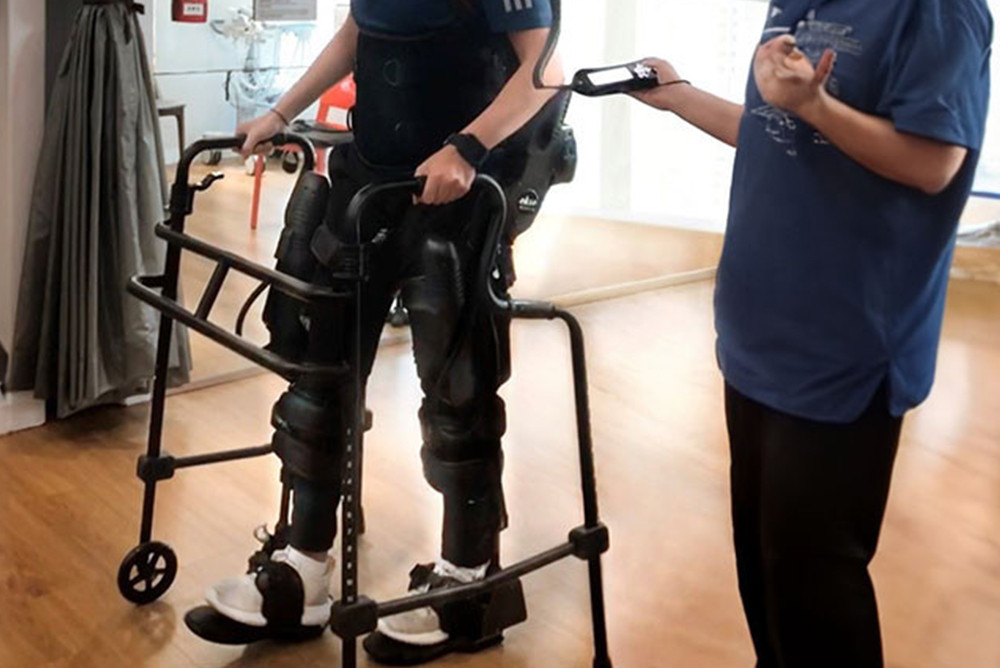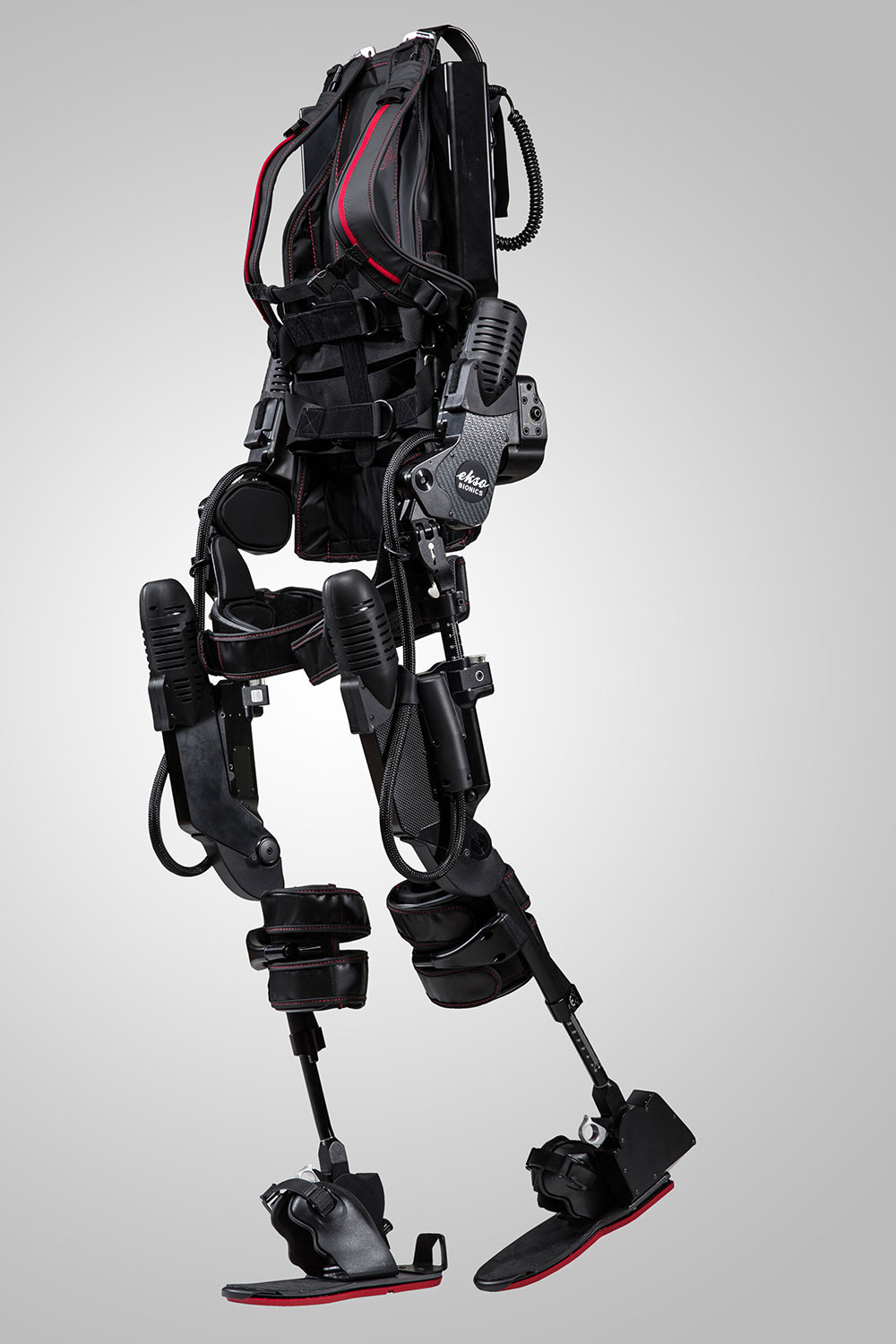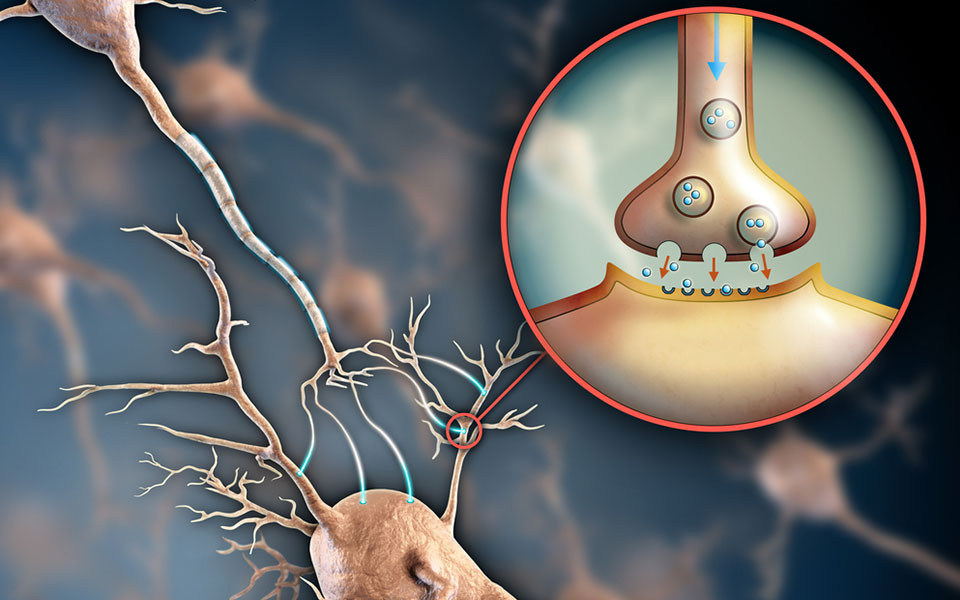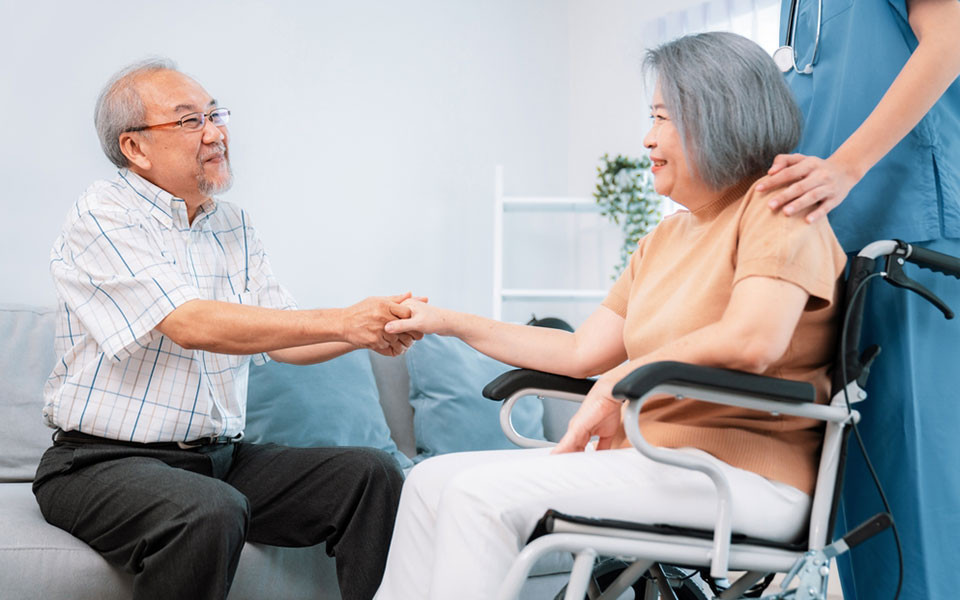Robotic Exoskeleton Gait Training

Robotic exoskeleton gait training, also known as exoskeletal-assisted walking, is a cutting-edge rehabilitation technique that involves using a wearable robotic exoskeleton to improve individuals’ walking ability. These mechanical devices, worn externally on the body, typically on the lower limbs, provide support and assistance during walking and standing. The exoskeleton device is equipped with sensors and motors that detect the user’s movements and provide assistance accordingly. It can assist with weight-bearing, provide stability, and facilitate proper gait patterns by controlling hip, knee, and ankle joint movement. The device responds to the user’s intentions and movements, providing assistance when needed and allowing for a more natural and coordinated walking pattern.
Robotic exoskeleton gait training benefits individuals with neurological conditions such as:
- Stroke
- Cerebral palsy
- Cervical or spinal cord injuries (from T4 to L5 levels and T3 to C7 levels)
- Parkinson’s disease
- Multiple sclerosis

Benefits and applications of robotic exoskeleton gait training

Robotic exoskeleton gait training offers several benefits. Most importantly, it enables individuals with mobility impairments to regain or enhance their walking abilities, leading to improved independence and quality of life. Additionally, robotic gait training provides a high-intensity and repetitive practice that is crucial for neurorehabilitation and motor skill relearning. This form of training promotes neuroplasticity, the brain’s ability to reorganize and form new neural connections, potentially resulting in functional recovery.
The robotic exoskeleton incorporates multiple sensors that detect and analyze gait patterns, centre of gravity transfer, and strength status during training. It improves hip and knee joint movement, enhances balance, core strength, lower limb muscle strength, and overall coordination necessary for walking. With each hour of robotic exoskeleton training equivalent to over a thousand steps, it proves more efficient than traditional rehabilitation methods. Utilizing advanced technology, the robotic exoskeleton comprehensively improves patients’ walking ability, balance, and weight distribution, assisting individuals with varying degrees of mobility impairment to regain their ability to stand.
Effectiveness and progress of robotic exoskeleton gait training
Robotic exoskeleton gait training has proven to be effective for individuals with mobility impairments, but its effectiveness depends on each individual’s specific condition and rehabilitation goals. For some patients, even short-term training can yield noticeable effects, such as improved balance, increased walking distance, or alleviated walking difficulties. However, achieving more significant and long-lasting results often requires consistent and regular training over an extended period.
Personalized approach
Through systematic and consistent training, patients can gradually improve their walking speed, enhance gait control, and strengthen their muscles and coordination, ultimately restoring their walking ability. The rehabilitation progress varies for each individual depending on the severity of their condition, physical status and rehabilitation goals. To ensure optimal outcomes, healthcare professionals and rehabilitation experts develop personalized training plans tailored to each client. They regularly review the progress and make adjustments to the training program accordingly. With the comprehensive and customized approach of robotic exoskeleton gait training, individuals can experience significant improvements in their mobility and overall rehabilitation, leading to enhanced independence and quality of life.

Initiating robotic exoskeleton gait training after stroke or injury
The timing for initiating robotic exoskeleton gait training after a stroke or injury should be determined through evaluation by a medical specialist. Factors such as muscle strength, joint condition, cardiac load, and potential outcomes are assessed to determine the appropriateness of gait training. Generally, as long as the patient's cervical spine condition is stable, the wound has healed, and there is no significant drop in blood pressure when transitioning from sitting to standing, engaging in mechanical rehabilitation training is suitable. The medical specialist will design personalized training plans, considering the severity of the condition, physical status, and rehabilitation goals of each individual. Progress will be regularly reviewed, and the training program will be adjusted to optimize the outcomes.
More
Specility - Neurology